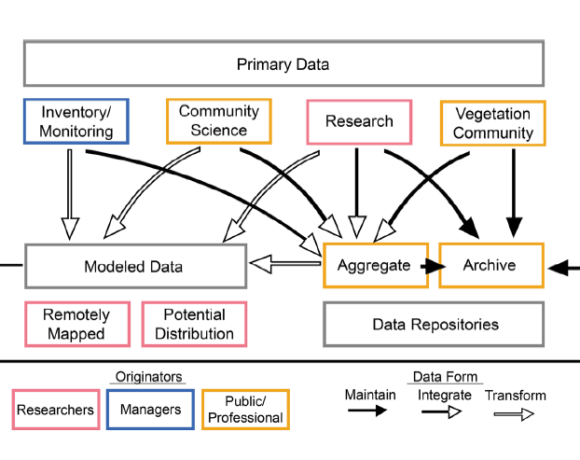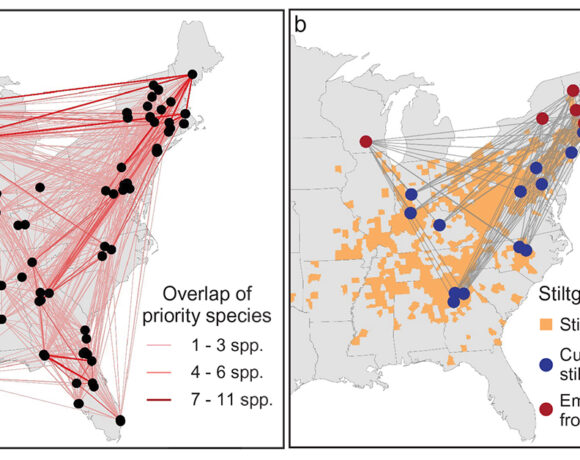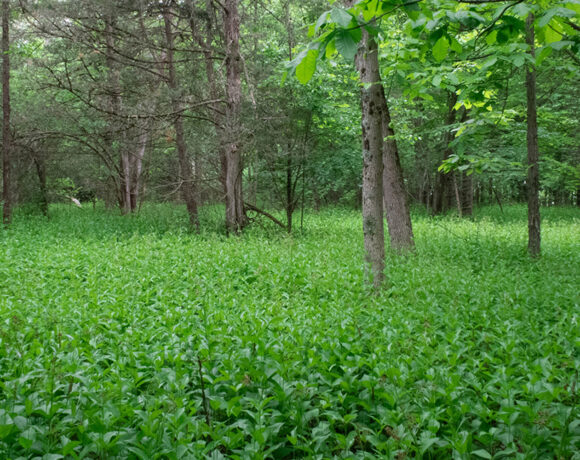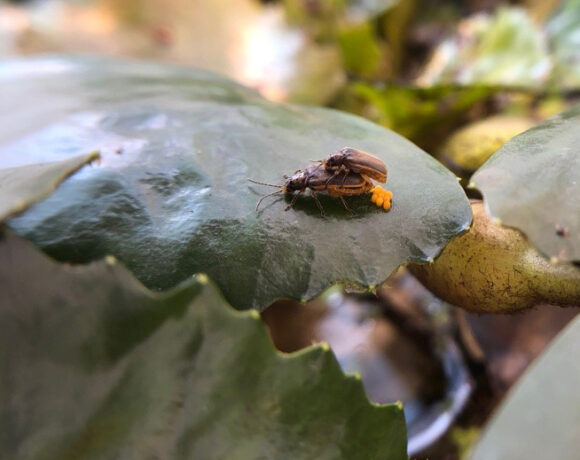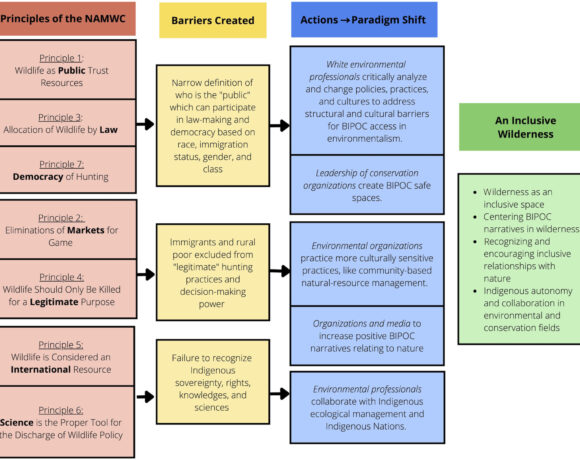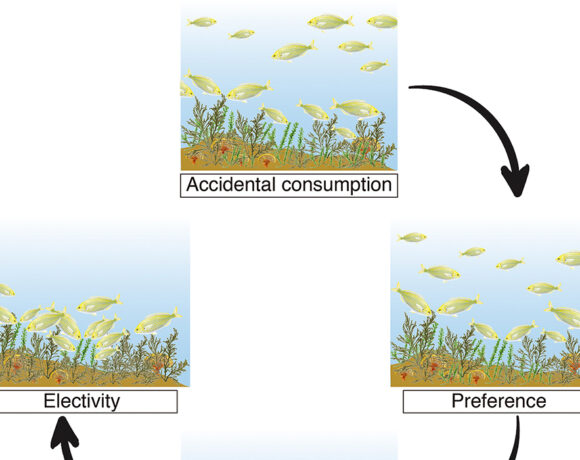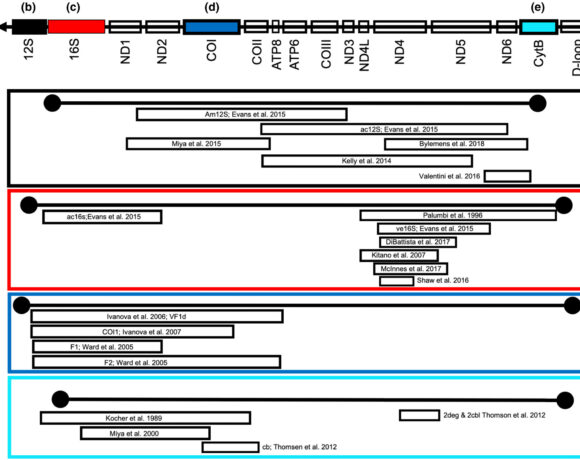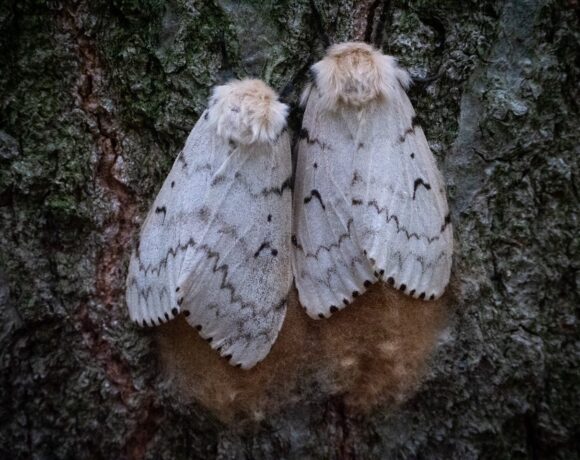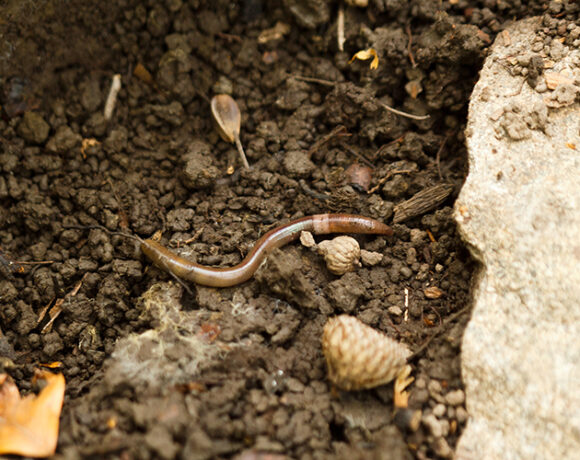The costs of inaction: Global invasive species spending reveals lack of proactive management
Cuthbert, R.N., Diagne, C., Hudgins, E.J., Turbelin, A., Ahmed, D.A., Albert, C., Bodey, T.W., Briski, E., Essl, F., Haubrock, P.J. and Gozlan, R.E., 2022. Biological invasion costs reveal insufficient proactive management worldwide. Science of The Total Environment, p.153404. https://doi.org/10.1016/j.scitotenv.2022.153404
Summary written by Justin Dalaba, edited by Carrie Brown-Lima
Summary
While preventative invasive species management is often considered the most cost-effective, there remains a lack of investment in early action for biological invasions. Assessing the effectiveness of current invasive species management expenditures across scales is a challenge due to a lack of standardized measurement. Using a comprehensive database called InvaCost, Cuthbert et al. report the most up-to-date and exhaustive overview of global spending for invasive species management, revealing important insights into spending trends and the cost of inaction. They examine monetary investment of management in relation to geography, taxonomy, and environment type. Through statistical modeling, they also identify trends in the degree of proactive (pre-invasion) and reactive (post-invasion) management across species, countries, and time. What they found was a disproportionate amount of spending on post-invasion; over 25 times more than that spent on preventative management. Management costs were geographically skewed towards North America (54%) and Oceania (30%). The vast majority of overall management spending went towards invasive species in terrestrial environments (69%). The majority of taxonomically-defined costs were spent on invertebrates (58%), followed by plants (27%), then vertebrates (12%), with animals comprising nine of the top ten targets for pre-invasion spending. The results of this study reveal largely disparate and inadequate proactive management investments for addressing current and future invasive species impacts. Despite a global increase in management spending by two orders of magnitude since 1960, damage costs far outweigh current expenditures (annual average of $1.6 billion) and actions are severely delayed, suggesting the need to rethink how we invest in management across time, space, and taxonomic groups.
Key take-aways:
- In the last 60 years (1960-2020), global management spending for biological invasions amounted to at least $95.3 billion, remaining 1-2 orders of magnitude lower than damage costs ($1130.6 billion)
- Spending on post-invasion was 25 times higher than pre-invasion management (prevention)
- Average delay in management action was a substantial 11 years after damage reporting
- Management costs were highest in North America (54%) and Oceania (30%), however only 83 of 204 countries had documented management costs in InvaCost
- At least two thirds of expenditures (both pre- and post-invasion) were reported at the country scale or lower, while biological invasions are a transboundary problem that require collective action
Management implications:
- Proactive management substantially reduces future costs at the trillion-US$ scale
- Adapting management approaches to consider the impacts of climate change on invasive species is necessary when planning for proactive investment of resources (e.g. sleeper species can remain undetected for decades before impacts are apparent)
- Improved and standardized reporting of invasive species expenditures as well as management outcomes (failure or success) will help inform cost effectiveness and guide further strategies
This summary is a joint effort with the Northeast Regional Invasive Species and Climate Change (RISCC) management network. Learn more at: https://www.risccnetwork.org/



